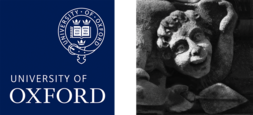Mutability, the ability to change form and substance, is a key feature of glass and metals. Often, particularly in metals, this has been considered a frustration to archaeological and archaeometry study. This article assesses the typological, chemical and theoretic elements of reuse and recycling, reframing it as a potential not a pitfall. It presents brief case studies to illustrate the potential for understanding mutability in the past, using diverse archaeological data, and what this can elucidate about the movement, social context and the meaning of objects in the past.



